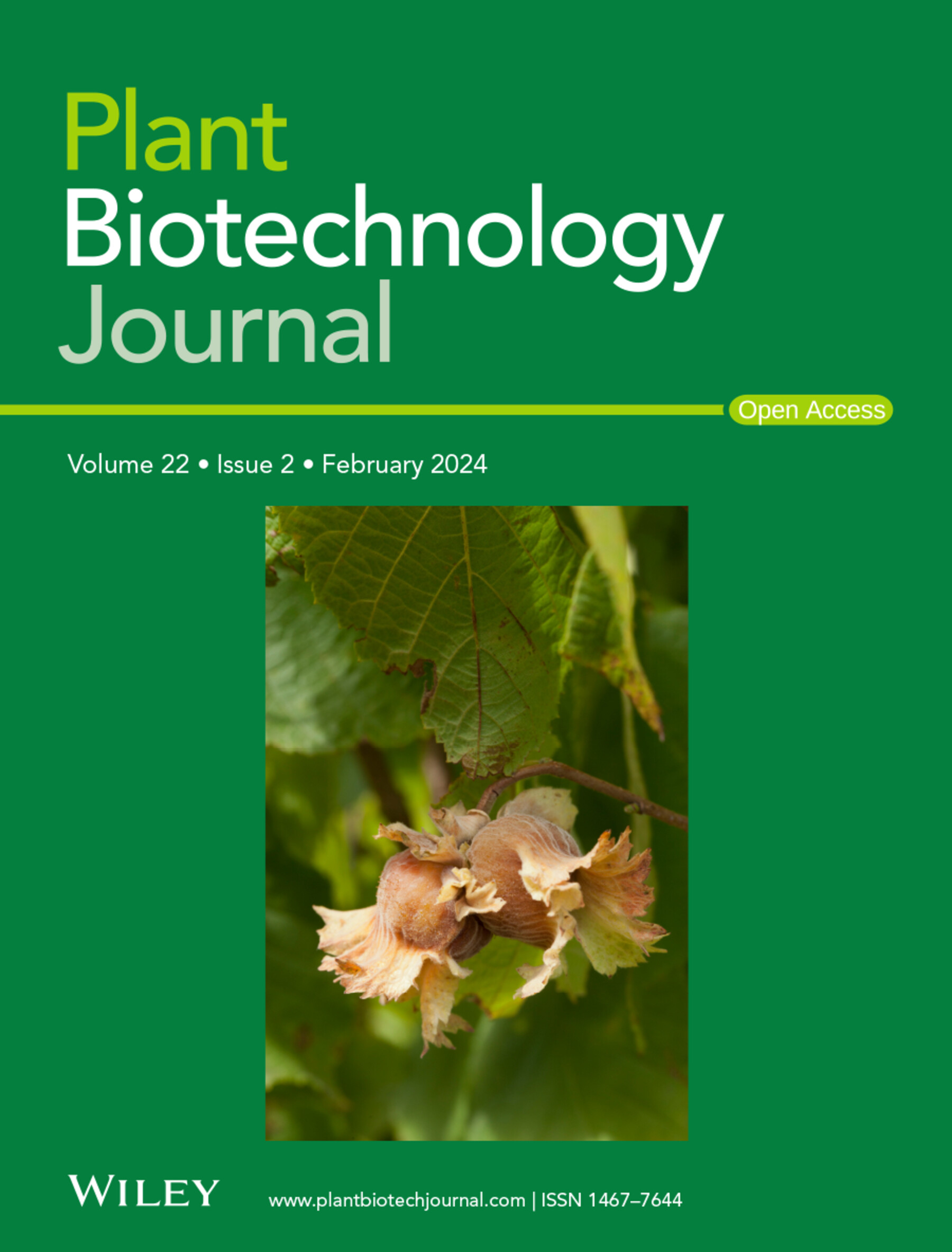偶氮氨基嘧啶衍生物作为鳞翅目排他几丁质酶抑制剂的合理设计
IF 10.1
1区 生物学
Q1 BIOTECHNOLOGY & APPLIED MICROBIOLOGY
引用次数: 0
摘要
玉米玉米螟(Ostrinia furnacalis)是一种常见的农业害虫,严重影响玉米产量和品质。因此,建立和实施有效的防治方法具有重要意义。化学杀虫剂仍然是减轻狐尾夜蛾危害的最有效手段。随着furnacalis对杀虫剂抗性的增强,鉴定和开发具有新的作用机制和高安全性的化合物势在必行。几丁质酶OfChi-h是一种潜在的杀虫剂靶点。本研究采用合理的分子优化方法合成了一系列偶氮氨基嘧啶类似物作为OfChi-h抑制剂。其中化合物9b、10a和10g对OfChi-h的Ki值分别为23.2、19.4和43.2 nM。通过分子对接研究,探索这些化合物与OfChi-h高效的分子基础。此外,利用扫描电镜观察了经抑制剂处理的黄颡鱼幼虫表皮的形态变化。此外,对目标化合物进行了浸叶和盆栽试验,结果表明,化合物10a对小菜蛾(P. xylostella)和家蝇(O. furnacalis)的杀虫活性高于双氟苯脲和氯苯脲。同时,这些化合物对天敌玉米螟赤眼蜂和大鼠的毒性可以忽略不计。本研究表明,偶氮氨基嘧啶骨架可作为一种新型的低成本支架,用于开发昆虫几丁质水解酶抑制剂,具有开发新型环境友好型杀虫剂的潜力。本文章由计算机程序翻译,如有差异,请以英文原文为准。
Rational design of azo-aminopyrimidine derivatives as the potent lepidoptera-exclusive chitinase inhibitors
Ostrinia furnacalis (O. furnacalis) is a commonly occurring agricultural pest that can severely impact corn yield and quality. Therefore, establishing and implementing effective control methods against O. furnacalis are of great significance. Chemical insecticides remain the most effective means to mitigate the damage caused by O. furnacalis. With the increasing resistance of O. furnacalis to insecticides, it is imperative to identify and develop compounds with novel mechanisms of action and high safety. The chitinase OfChi-h, identified and characterized in O. furnacalis, has been recognized as a potential insecticide target. In this study, a series of azo-aminopyrimidine analogues were synthesized as OfChi-h inhibitors employing rational molecular optimization. Among them, compounds 9b, 10a and 10g exhibited Ki values of 23.2, 19.4, and 43.2 nM against OfChi-h, respectively. Molecular docking studies were carried out to explore the molecular basis for the high efficacy of these compounds and OfChi-h. In addition, the morphological changes of the cuticle in inhibitor-treated O. furnacalis larvae were assessed using scanning electron microscopy. Furthermore, the target compounds were assayed in leaf dipping and pot experiments, with compound 10a exhibiting greater insecticidal activity against Plutella xylostella (P. xylostella) and O. furnacalis than diflubenzuron and chlorbenzuron. At the same time, the toxicity of these compounds to natural enemies Trichogramma ostriniae and rats was negligible. The present study demonstrates that the azo-aminopyrimidine skeleton can be used as a novel, low-cost scaffold for developing insect chitinolytic enzyme inhibitors, with the potential to be utilized as new environmentally friendly insecticides.
求助全文
通过发布文献求助,成功后即可免费获取论文全文。
去求助
来源期刊

Plant Biotechnology Journal
生物-生物工程与应用微生物
CiteScore
20.50
自引率
2.90%
发文量
201
审稿时长
1 months
期刊介绍:
Plant Biotechnology Journal aspires to publish original research and insightful reviews of high impact, authored by prominent researchers in applied plant science. The journal places a special emphasis on molecular plant sciences and their practical applications through plant biotechnology. Our goal is to establish a platform for showcasing significant advances in the field, encompassing curiosity-driven studies with potential applications, strategic research in plant biotechnology, scientific analysis of crucial issues for the beneficial utilization of plant sciences, and assessments of the performance of plant biotechnology products in practical applications.
 求助内容:
求助内容: 应助结果提醒方式:
应助结果提醒方式:


